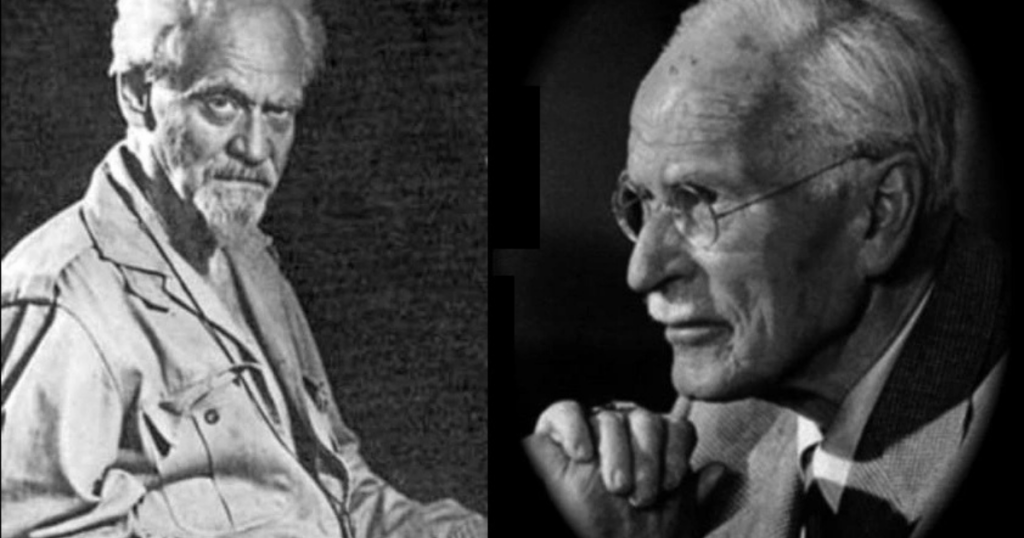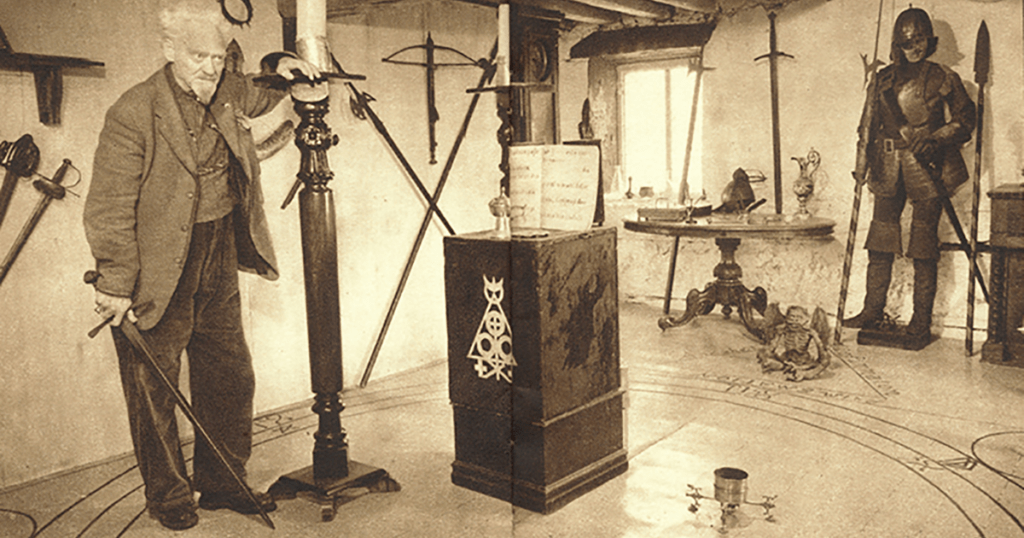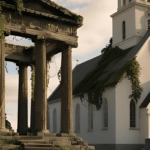Wicca, one of the most widely practiced forms of modern witchcraft, owes much of its foundation to the work and teachings of Gerald Gardner. Often referred to as the “Father of Wicca,” Gardner revived and shaped modern witchcraft practices, blending ancient pagan traditions with modern spiritual philosophies.
His influence not only revived interest in witchcraft but also gave rise to a structured spiritual path that continues to thrive today.
In this post, we’ll explore how Gerald Gardner’s sacred path shaped the rise of Wicca, from its early development to its impact on modern spirituality.
Who Was Gerald Gardner?

Gerald Gardner (1884–1964) was a British civil servant, author, and occultist who introduced Wicca to the modern world. After spending much of his early life traveling through Southeast Asia, Gardner became fascinated with indigenous magical practices and spiritual traditions.
Upon returning to England, Gardner became involved with a secretive coven of witches in the New Forest. He claimed to have been initiated into the coven in 1939, where he learned about the “Old Religion” — a blend of paganism, ceremonial magic, and folk traditions.
For more about Gerald Gardner’s influence, check out this detailed history of Wicca.
The Influence of the New Forest Coven

Gardner’s initiation into the New Forest Coven introduced him to a blend of ceremonial magic and folk traditions. He claimed that the coven preserved ancient witchcraft practices passed down through generations.
Gardner adapted these teachings into a structured practice that included:
- Ritual tools such as athames (ritual knives), wands, and chalices.
- Sacred symbols like the pentagram and triple moon.
- A focus on nature, the elements, and the cycles of the moon.
Gardner combined these traditional practices with the teachings of influential occultists like Aleister Crowley, creating a new form of modern witchcraft that emphasized balance, harmony, and personal empowerment.
The Birth of Modern Wicca
Gardner’s version of Wicca included a structured belief system that revolved around:
- The worship of a Goddess and a Horned God.
- The Wheel of the Year, which marks seasonal festivals like Beltane and Samhain.
- Rituals performed in circles to harness magical energy.
Gardner introduced the concept of the Book of Shadows — a personal record of spells, rituals, and magical experiences! This became a key element in Wiccan practice, passed down from teacher to student.
He also emphasized the importance of the “Wiccan Rede,” which states, “An’ it harm none, do what ye will.” This principle highlights the ethical foundation of Wicca, encouraging personal freedom and responsibility.
The Rise of Wicca in the 20th Century
Gardner’s books and public teachings gained attention in the 1950s and 60s, coinciding with a broader cultural interest in mysticism and alternative spirituality. Wicca attracted followers who were drawn to its connection with nature, empowerment, and spiritual freedom.
Key figures who helped expand Wicca’s influence include:
- Doreen Valiente – Known as the “Mother of Modern Witchcraft,” she adapted and refined Gardner’s rituals, making them more accessible.
- Alex Sanders – Founder of Alexandrian Wicca, which incorporated ceremonial magic and a hierarchical structure.
By the 1970s, Wicca had spread to the United States and beyond, becoming one of the fastest-growing pagan traditions in the world.
Gerald Gardner’s Lasting Legacy
Gardner’s influence on modern witchcraft remains profound. Today, Wicca is recognized as a legitimate spiritual path, with thousands of covens and solitary practitioners worldwide. Gardner’s teachings have inspired a diverse range of Wiccan traditions, including:
- Gardnerian Wicca – Direct descendants of Gardner’s original coven.
- Eclectic Wicca – Blends of different pagan and spiritual traditions.
- Dianic Wicca – Focuses on the Goddess and feminist spirituality.
Gardner’s sacred path helped to revive interest in pre-Christian spiritual practices, encouraging modern witches to embrace personal empowerment, nature worship, and magical practice.
Gerald Gardner’s influence on modern witchcraft is undeniable. By blending ancient traditions with modern teachings, he created a spiritual path that continues to empower and inspire.
His work laid the foundation for Wicca’s rise, transforming it from a secretive practice to a vibrant and evolving spiritual movement.



